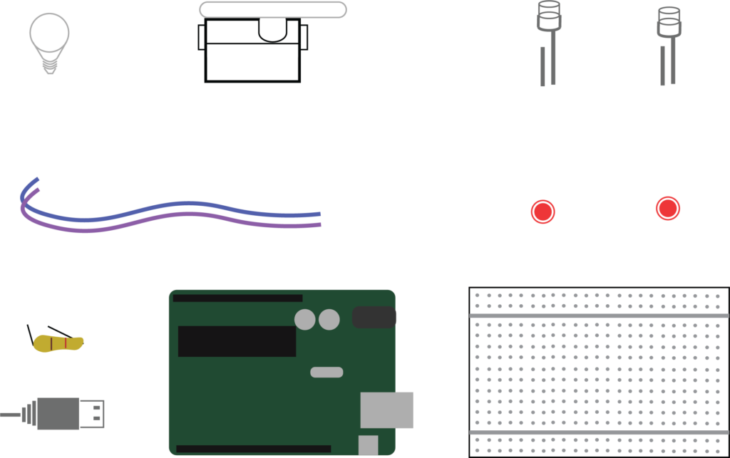
CONCEPT
double take – (n.) a delayed reaction to something unexpected, immediately after one’s first reaction.
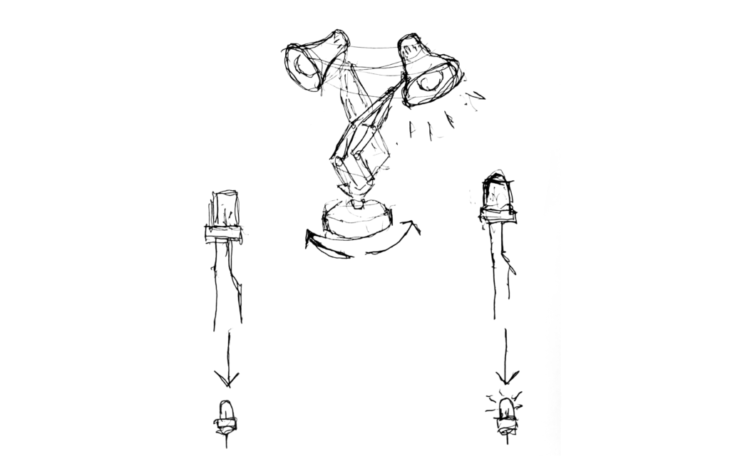
Unpredictable happenings tend to trigger the reexamination of the details. These happenings linger in the mind for quite some time. The event is looped over and over in the attempt to process the strangeness of the story.
Giving these qualities to an automated system is somewhat humanizing. In an attempt to make the Arduino more than just wires and components, the design is a looping system that appears to react to the actuation of its own system.
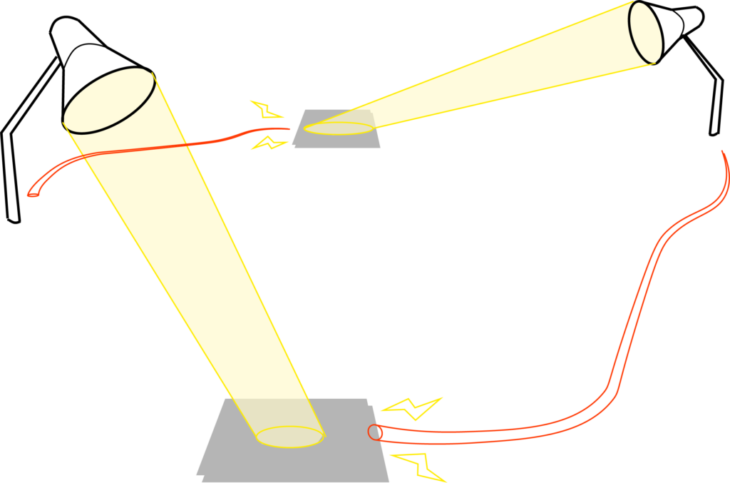
TECHNIQUE
In designing the looped system, there needed to be a piece of the puzzle that would trigger the other components and feed that same piece with a trigger of its own. Initially the system consisted of two phototransistors that would trigger two LEDs, but this required outside human elements that detracted from an autonomous system. How could the system complete itself without any outside forces? A servo motor was then introduced to shine light on a phototransistor which would then activate the LEDs and consequently turn the motor to shine light on the other phototransistor.
PROCESS
In enacting the plan one constant light would be set atop a servo motor in which it would spin to a certain degree to shine upon a phototransistor. Once the phototransistor activates the LED the servo motor turns to another phototransistor illuminating it and triggering the LED. Each time one of the LEDs is turned on the servo motor is then activated and to turn the light upon another sensor.
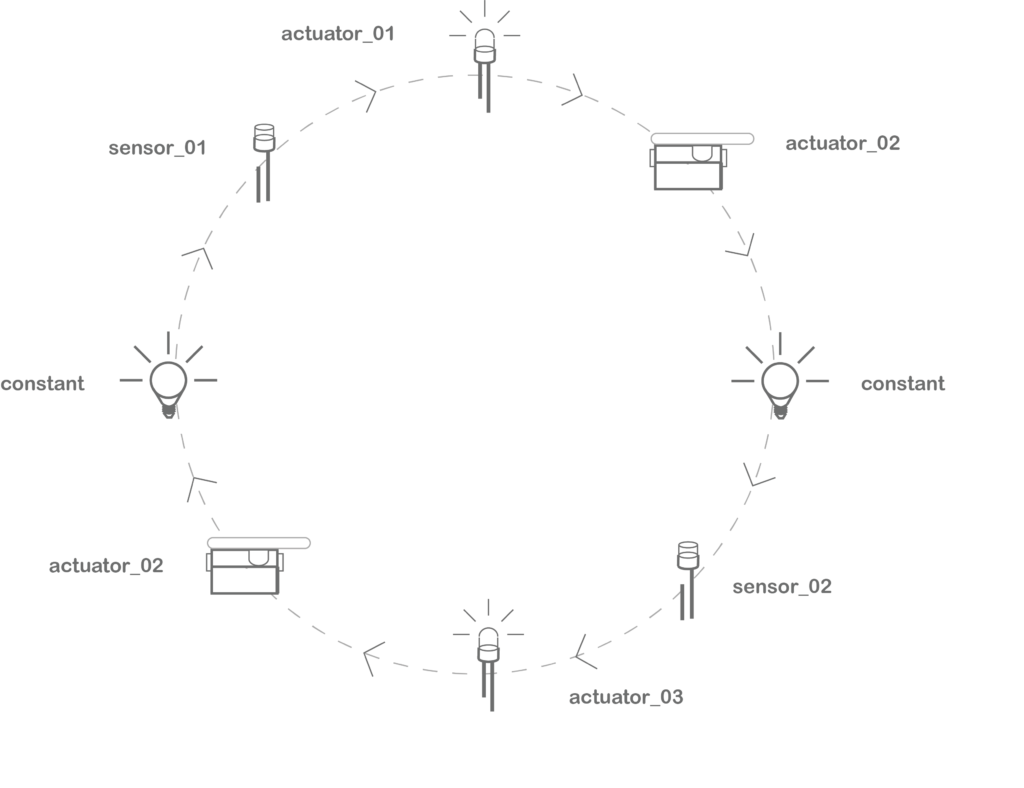
SCHEMATICS
The layout of the system and its respective components.
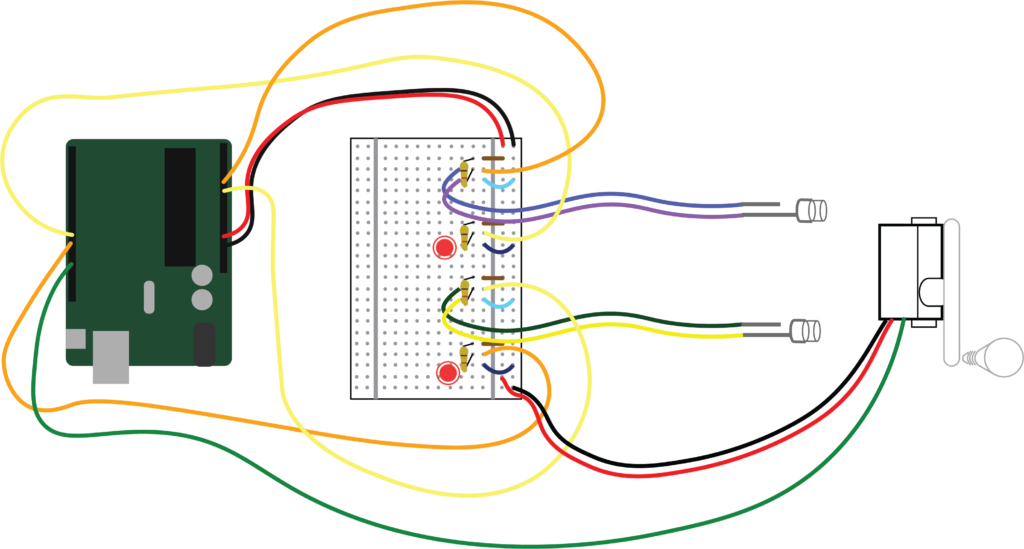
</p>
Double Take is a project of IAAC, Institute for Advanced Architecture of Catalonia developed at Masters in Advanced Architecture in 2021/2022 by:
Student: Jack Davis
Faculty: Introduction to Programming and Physical Computing